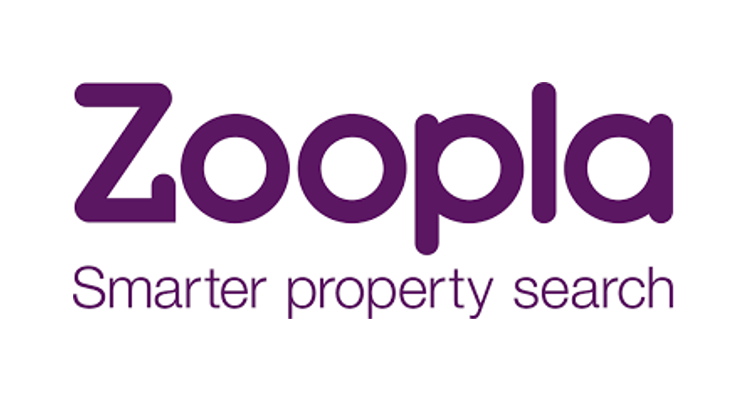Northern Ireland Buyers Turn to Shared Ownership with Family & Friends as Housing Costs Climb
John Minnis, expert estate agent based in Belfast says the trend is only expected to rise, but buying property with family and friends comes with risks.
A growing number of first-time buyers in the UK are taking an alternative route onto the property ladder: teaming up with friends or family to purchase homes together, according to new insights from leading Belfast-based estate agent John Minnis.
This trend is particularly strong in and around London, but is also gaining real momentum in Northern Ireland.
Joint home-buying has increased: the share of prospective buyers applying for mortgages jointly rose from 49% in 2021 to 53% in 2024. Crucially, this isn’t just couples – in 2024, 7% of prospective buyers said they planned to purchase with a friend, and 9% intended to buy with a family member.
This rising trend is being driven largely by affordability challenges. In a survey conducted by Lloyds Bank, around 46% of first-time buyers under 35 said they were open to buying with a friend or sibling. Many cite the ability to pool savings (60%) and strong trust in their co-buyer (56%) as key motivators.
In Northern Ireland, the trend intersects with the success of Co-Ownership, a shared-equity scheme. The organisation recently reported over 9,000 homes bought through its model, crossing £1 billion in total property value committed. The Intermediary Co-Ownership’s 2023–24 Annual Report further shows growing demand across council areas, with an average house purchase price of £148,827.
John Minnis, founder of John Minnis Estate Agents says:
“This shift from solo to shared ownership, especially among friends or family, makes a lot of sense in today’s market and is something we have seen rise by around 20% in the last five years.
“Although it’s a very wise way to pool resources, build equity and share risks, it’s not a decision to take lightly. When you buy property with people you don’t fully trust, financial stress can quickly turn into personal stress.”
My advice is:
Have open, honest conversations upfront about money, future plans, and what happens if someone wants to leave.
Set up a legal agreement – for example, a deed of trust or co-ownership contract to define ownership shares, responsibilities, and exit routes.
Be transparent about contributions: how much each person is putting in, how mortgage payments are shared, and how improvements or maintenance costs will be handled.
Plan for change: life happens. Make sure you agree in advance on what to do if someone’s circumstances change – e.g., job loss, relocation, or wanting to cash out.
Seek professional advice: talk to a mortgage broker, solicitor, and (if necessary) a financial planner. Getting expert help now can prevent big problems later.”
While co-buying is growing, it involves complex financial and legal arrangements. According to Lloyds Bank, prospective co-buyers must think carefully about relationship dynamics, ownership structure, and how credit or trust between parties might affect long-term stability.
Moreover, as noted by The Guardian, legal structures such as “joint tenants” vs “tenants in common” can have major implications – especially for what happens if someone wants to sell their share, or in the event of death.
As housing affordability continues to be a major barrier, experts expect the trend of co-buying – whether among friends, siblings, or parents and children – to keep growing.
In London, it provides a pragmatic way for younger buyers to afford a property. In Northern Ireland, shared-equity schemes like Co-Ownership are providing a structured way for more people to access homeownership, especially those unable to raise large deposits on their own.
John Minnis adds: “If done right, co-buying isn’t just a stopgap – it can be a powerful, long-term way to invest, build wealth, and create a stable foundation. But the key word is right. Get the legal and financial framework in place, be realistic about risks, and choose your co-buyers wisely.”









